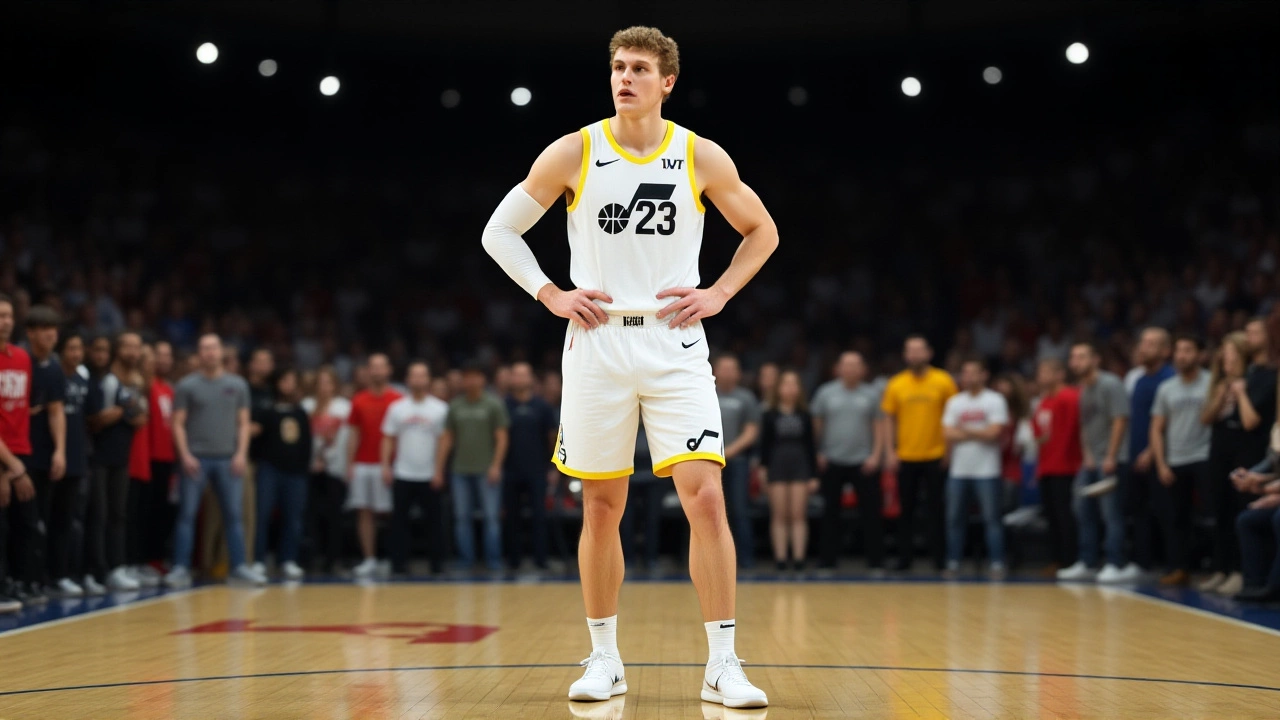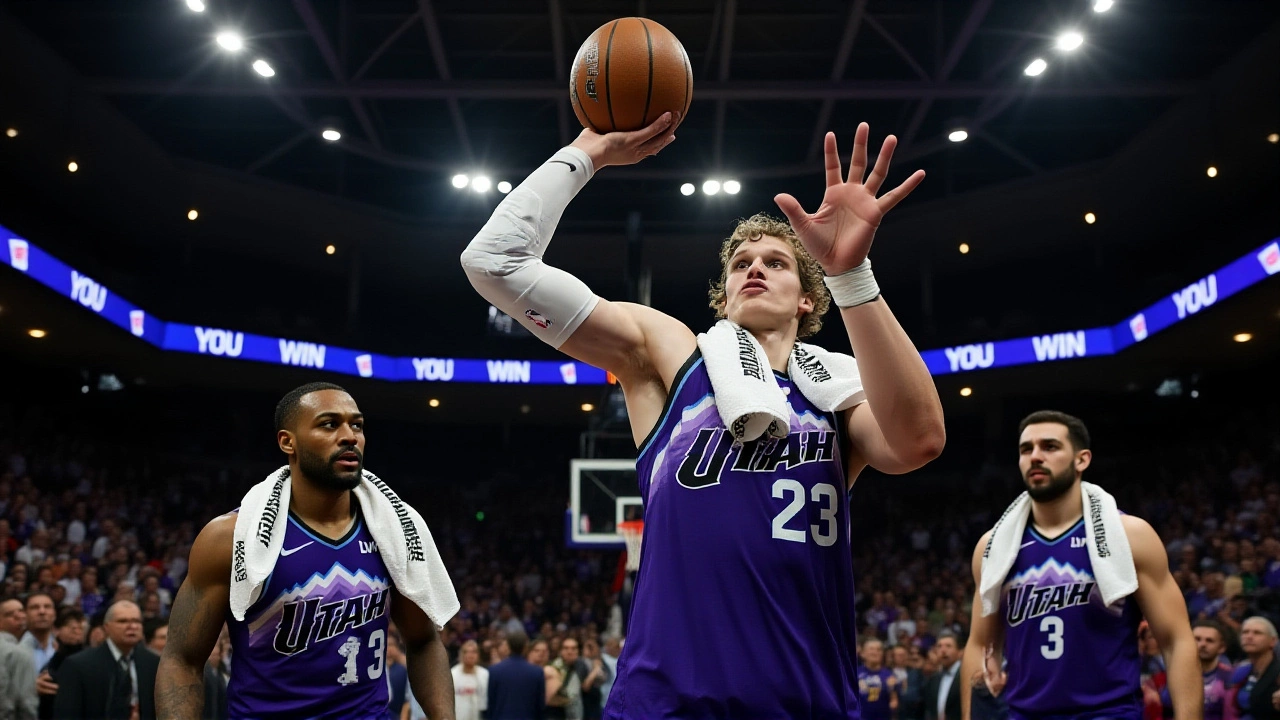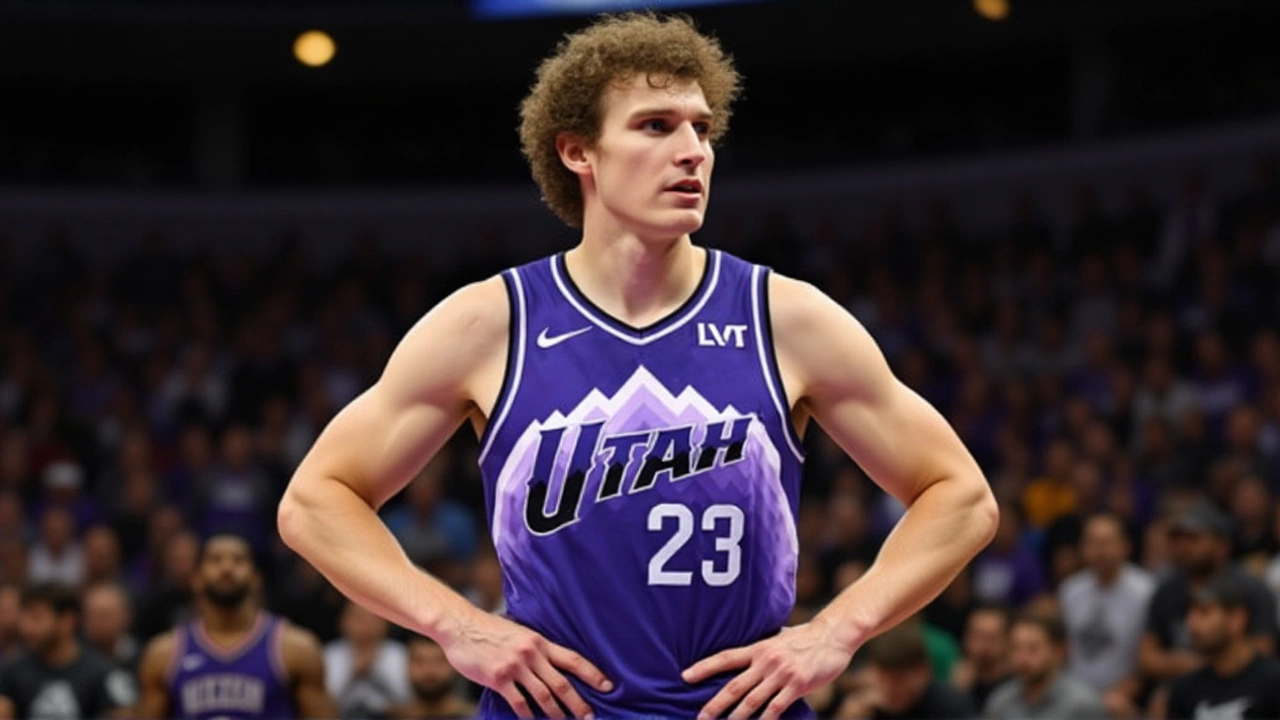When Lauri Markkanen sank his final two free throws with two seconds left in overtime, the Utah Jazz didn’t just beat the Phoenix Suns — they shattered a quarter-century of history. On October 28, 2025, at the Delta Center in Salt Lake City, the 7-foot Finnish forward poured in 51 points, grabbed 14 rebounds, and hit six three-pointers in a stunning 138-134 overtime win, becoming the first Jazz player since Karl Malone in 1998 to reach the 50-point mark. And here’s the twist: Markkanen didn’t miss a single free throw — 17-for-17. That’s not just hot. That’s surgical.
A Performance for the Ages
Markkanen’s 51-point night wasn’t just a scoring explosion — it was a symphony of efficiency. He played 45 minutes, turned 11 three-point attempts into six makes, and finished with a perfect free-throw line. The last time a Jazz player hit 50+ points? October 1998. That’s 9,855 days. The fourth-longest drought in NBA history. And Markkanen didn’t just end it — he rewrote the franchise record book. He’s the first Jazz player ever with 50 points, 10 rebounds, and five threes in a single game. Even more remarkable? He did it while carrying a team that had lost its first three games of the season. "As long as you’re mentally not tired," Markkanen told reporters afterward, "and kind of force yourself out of that mindset that you’re tired, then you can push through whatever you need to." You get hungrier as it happens. Hopefully, it’s not the last." His backcourt partner, Keyonte George, didn’t fade into the background. The 22-year-old guard from Littleton, Colorado, dropped 26 points and dished out 10 assists — a near double-double that kept the Jazz’s offense flowing when the Suns tried to swarm Markkanen. The crowd, long accustomed to rebuilding seasons, roared like it was 1997 again.A Franchise in Transition
This win came just 15 days after a 114-101 loss to the Dallas Mavericks in the same building — a game where Anthony Davis led the visitors with 25 points and six rebounds. That loss dropped the Jazz to 0-3, raising questions about whether their rebuild was truly on track. But Markkanen’s performance changed the narrative. Suddenly, the Jazz aren’t just a young team with potential — they’re a team with a legitimate superstar who can carry them through adversity. The contrast couldn’t be starker. Just months earlier, the Mavericks had been a Western Conference powerhouse, led by Luka Dončić, whose career average of 28.6 points per game ranked third all-time. But the Mavericks traded him mid-season in 2024-2025 to the Los Angeles Lakers, citing "improper conditioning and weight." The move stunned the league. Dončić, a five-time All-NBA First Team selection and MVP finalist in 2023-2024, had carried Dallas to the NBA Finals the year before. His departure left a void — and a lingering question: Was the trade a strategic masterstroke, or a franchise-altering mistake?The West’s New Hierarchy
While Markkanen lit up the scoreboard, Draymond Green, now in his 12th season and a veteran voice in the locker room, offered a sobering take on the Western Conference’s state. "It’s better than ever," Green said in a recent interview. "But only three teams have a real shot at the Finals." The Lakers? Not among them. The Mavericks? Still rebuilding. The Jazz? Once considered lottery-bound, now suddenly a dark horse. Green’s comments reflect a league in flux. The Warriors are aging. The Nuggets are healthy but vulnerable. The Thunder are young and explosive but unproven. And the Jazz? They’re now a wildcard. With Markkanen playing like an MVP candidate and George emerging as a reliable playmaker, Utah’s ceiling just rose — fast.
What’s Next for the Jazz?
The Jazz don’t have a star-studded roster. They don’t have a deep bench. But they have something rarer: a player who can take over a game on his own. Markkanen’s 17 straight free throws tied the franchise record — a feat that speaks to his poise under pressure. The next test? A back-to-back against the Clippers, followed by a road trip to Denver. If Markkanen can sustain this level — and if George continues to develop — Utah could sneak into the play-in tournament. And then there’s the bigger question: Can this be the start of something lasting? Or is this a flash in the pan — a single magical night that fades into nostalgia?Behind the Scenes: The Mavericks’ Aftermath
While Utah celebrates, Dallas still feels the ripple of Dončić’s departure. Naji Marshall and Brice Sensabaugh are solid role players, but they’re not franchise cornerstones. The Mavericks’ front office insists the trade was about "long-term sustainability." But fans remember the Finals run. They remember Dončić’s 40-point triple-doubles. They remember the roar of the American Airlines Center when he hit a step-back three at the buzzer. The trade hasn’t just changed Dallas — it’s changed how the league views leadership, conditioning, and loyalty. Is a 26-year-old superstar too risky to keep? Or was the decision more about control than basketball?
Other Western Notes
Meanwhile, the Atlanta Hawks edged the Orlando Magic 111-107 on October 24, with Trae Young scoring 25 points despite missing key players. Magic center Wendell Carter Jr. offered a candid take: "We all want to win. We’re all able to have those conversations." Head coach Jamahl Mosley responded with a long pause — a silence that said more than any press release ever could.Frequently Asked Questions
How rare is a 50-point game in the NBA today?
Only 17 players scored 50+ points in the 2024-2025 season, and just four did so in the Western Conference. Markkanen’s 51-point game was the first in the NBA since Devin Booker’s 70-point outburst in 2024. The average player scores about 15 points per game — making a 50-point night statistically rarer than a no-hitter in baseball.
Why did the Mavericks trade Luka Dončić to the Lakers?
The Mavericks cited "improper conditioning and weight" as the official reason, though insiders suggest tensions over leadership and playing style played a role. Dončić had missed 32 games in 2024-2025 due to injury and rest, and Dallas reportedly feared his long-term durability. The trade sent him to the Lakers for a package including three first-round picks and two young players, signaling a rebuild — not a championship push.
Is Lauri Markkanen now an MVP candidate?
Absolutely. Before this game, Markkanen averaged 24.8 points per game — solid, but not elite. After 51 points, 14 rebounds, and six threes, his per-game numbers jumped to 29.3. He’s now top-five in scoring among forwards and leads the league in free-throw percentage. If he sustains this, he’ll be in MVP conversations by December. No Finnish player has ever won MVP.
What does this mean for the Jazz’s rebuild?
It validates their strategy. Instead of trading away young talent for veterans, Utah focused on drafting and developing. Markkanen, acquired in 2021, is now the centerpiece. Keyonte George, selected 11th overall in 2023, is proving to be a perfect complement. If they keep this chemistry, they could be a top-6 seed by April — and a nightmare matchup for any playoff team.
Why didn’t Draymond Green include the Lakers as a Finals contender?
Despite adding Dončić, the Lakers remain a team in transition. LeBron James is 40, Anthony Davis is injury-prone, and the supporting cast lacks depth. Green, who’s won four titles, knows Finals teams need balance — not just two stars. The Lakers’ defense ranks 21st in the league. Without major midseason upgrades, they’re unlikely to survive a seven-game series against Denver or Oklahoma City.
What’s the significance of Markkanen’s perfect 17-for-17 free-throw night?
It ties the Jazz’s franchise record, previously held by John Stockton in 1993. Only 12 players in NBA history have made 17+ free throws without a miss in a game. The feat is especially rare for a 7-footer — most big men struggle at the line. Markkanen’s consistency under pressure suggests he’s not just a scorer, but a clutch performer — a trait teams pay premium prices for.
